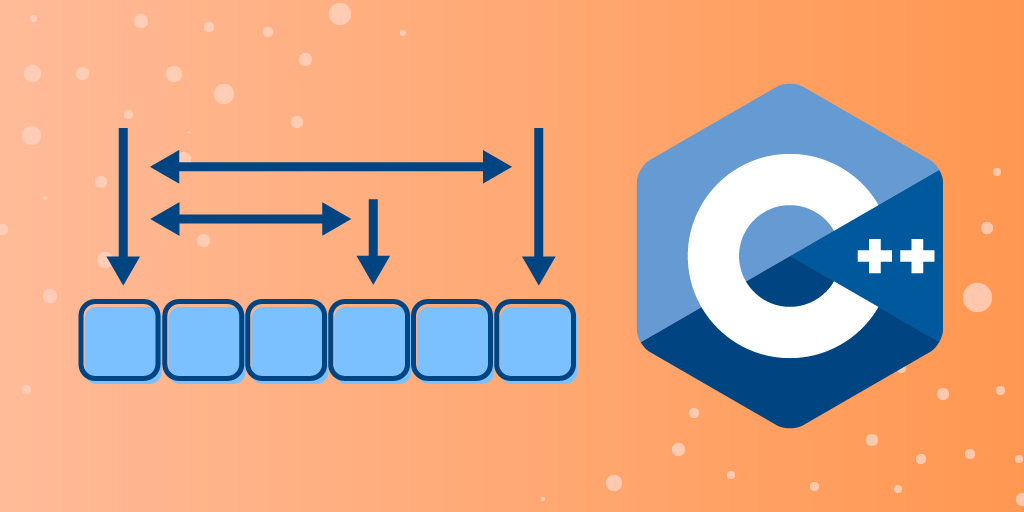C++ vector is a template class in the Standard Template Library (STL) that functions as a more refined array. Unlike arrays, vectors can resize themselves automatically when you insert or delete elements, so they’re great to use when working with constantly changing data. Using vectors in your C++ program enables you to store your data with more flexibility and efficiency. Today, we’ll dive deeper into C++ vectors and discuss benefits, functions, and initialization.
We’ll cover:
- What is
std::vectorin C++? - C++ vector functions
- How to initialize a C++ vector
- What to learn next
What is std::vector in C++?
C++ vectors (also known as std::vector) are sequence containers that represent arrays that can change in size. They’re used to work with dynamic data, and they use contiguous storage locations for their elements. You can efficiently access the elements using offsets on regular pointers. Internally, C++ vectors use dynamically allocated arrays to store their elements. The array may require reallocation so it can grow in size when new elements are inserted.
Vector containers may allocate additional storage space to accommodate for potential growth, so the container may have a larger capacity than what’s actually being stored inside of it. You can use libraries to apply different growth strategies to strike a balance between reallocations and memory usage, but reallocations should only happen at logarithmically growing intervals of size. This allows you to use amortized constant time complexity when inserting individual elements at the end of the vector.
Since C++ vectors perform automatic reallocation, they’re able to manage storage and grow dynamically in an efficient way. Although they consume more memory than arrays, their efficiency and flexibility make using vectors worthwhile.
Let’s discuss a few more benefits of C++ vector:
- There’s no maximum size, which is helpful if you don’t know how big your data will be beforehand
- Their resizing capabilities make it easier to handle dynamic elements
- Since C++ vector is a template class, you don’t have to type in the same code to handle different data
- Whenever the total amount of memory is used, automatic reallocation happens
- You can easily copy and assign other vectors
C++ vector functions
There are many public member functions associated with C++ vectors. Let’s take a look at some of the functions and what they do.
How to initialize a C++ vector
1. Using an array
2. Pushing the values one at a time
3. Using the overloaded constructor of the vector class
#programming #cpp-vector #c++ #vector in c++
